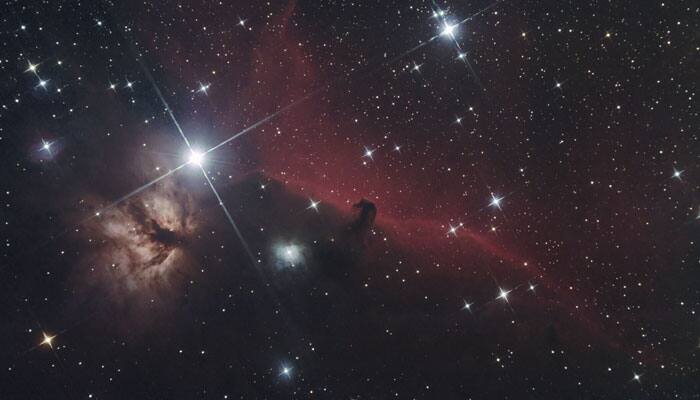Washington: A team of astrophysicists has discovered a group of red giant stars for which the 'chemical clock' does not work.
The Leibniz Institute for Astrophysics Potsdam study found that according to their chemical signature, these stars should be old, but instead, they appear to be young when their ages are inferred using asteroseismology.
Their existence cannot be explained by standard chemical evolution models of the Milky Way, suggesting that the chemical enrichment history of the Galactic disc is more complex than originally assumed.
The term 'Galactic Archaeology' was coined to describe the fact that the Milky Way's history is encoded not only in the quantities of various chemical elements seen in the spectra of stellar atmospheres (abundances), but also in stellar motions. One of the pillars of Galactic Archaeology is the use of stellar abundance ratios as an indirect estimator of age.
While massive stars that explode as core-collapse supernovae mainly enrich the interstellar medium with oxygen and other 'alpha elements' on short timescales, Type Ia supernovae produce the bulk of iron and die after a longer time. The time delay between interstellar medium enrichment in alpha elements and iron can then be used as a chemical clock, which has been shown to work for many stars.
However, the authors demonstrate that alpha/iron enhancement is no guarantee that a star is in fact old. It has only recently become possible to determine precise ages for these stars, thanks to asteroseismology. This method measures pulsation frequencies, providing additional information about the age of stars.
The group of stars studied appears to be relatively young, despite being enriched with alpha elements with respect to the Sun. Interestingly, these stars were found to be more abundant towards the inner Galactic disc regions where the interplay between the bar and spiral arms may lead to a more complex chemical enrichment scenario.
Co-author Friedrich Anders said that although there were similar stars in previous surveys, they were not identified as such and only very few of them, which may explain why these stars have received little attention so far.
Future observations will provide more clues as to the origin of these stars and the complex chemical evolution of the Milky Way, said author Cristina Chiappini.
















